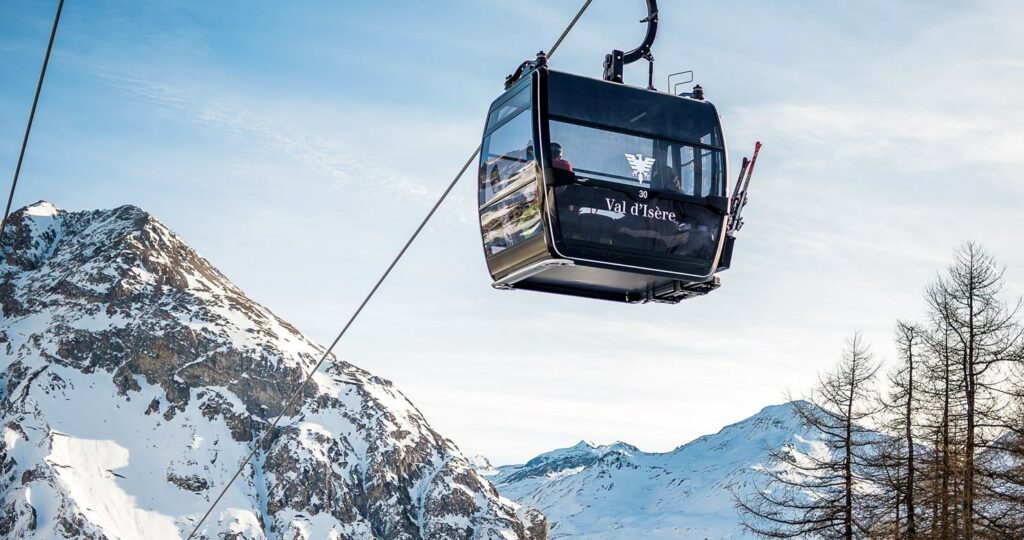Inflation, climate, energy costs: the mountains could be shaking in their boots. And yet, skiing is doing well. Very well indeed, according to the latest annual report by consultant Laurent Vanat, presented this week at the opening of the Mountain Planet in Grenoble. The 2025 edition provides a comprehensive review of the 2023/2024 season, confirming an unexpected trend: in an uncertain world, snow is staying the course.
A sector that can withstand anything... except price rises
The figures are in: 366 million skier-days recorded worldwide last winter, which is right in line with the average for the last twenty years. A remarkable stability, after two post-Covid winters marked by a rebound.
What's holding you back today? It's not the weather, or the snow, or even the altitude. It's the wallet. According to the report, ski pass prices have risen by between 13 and 19 % in two years in many European resorts. This increase is mainly due to energy costs... but it is beginning to take its toll on skiers' budgets.
The United States in the lead, France solid but cautious
With almost 60 million skier-days, the United States retained its crown as the world's leading ski power. France follows close behind, at 54 million, ahead of France.Austria, l'Italy and Japan. But here again, the picture is mixed: France and Austria show a slight drop in visitor numbers compared to their pre-Covid average. Nothing to worry about, but we'll keep an eye on the indicators.
READ MORE: Mountain tourism: how foreign visitors are boosting the Alps
Italy, on the other hand, is a big hit. A record season, thanks to generous weather and strong tourist momentum. The same goes for China, buoyed by the end of health restrictions and an offering that continues to expand. New resorts have opened in China, Armenia and the Czech Republic.
Europe attracts American skiers
Interestingly, more and more American skiers are crossing the Atlantic to come to the Alps.
The reason: prices have become more attractive in Europe, there is growing dissatisfaction with the resorts in the Rockies, and the quality of the Alpine experience. For people living on the east coast of the United States, a holiday in Savoie or the Tyrol can now cost less than a holiday in the Alps.a weekend in Colorado.
Global warming is changing supply, not demand
This is undoubtedly the most surprising point in the report: global warming is not (yet) having an impact on global demand.
Visitor numbers remain stable, even though the effects are clearly visible on the offer: fewer days open, closure of small areas, disappearance of isolated ski lifts... All weak signals that raise questions about the future of the model, but are not yet frightening holidaymakers.
The mountains still need to reinvent themselves
Finally, digitisation is still lagging behind, especially in European resorts. Online ticketing, equipment reservations, connected services: many destinations still have a long way to go. Consolidation of the sector, which has been expected for years, is also struggling to materialise.
One thing is clear: the world's ski industry is not floundering, but it needs to evolve. To continue to exist in the future, the mountains will have to deal with a changing climate, a more demanding public... and purchasing power under pressure.

